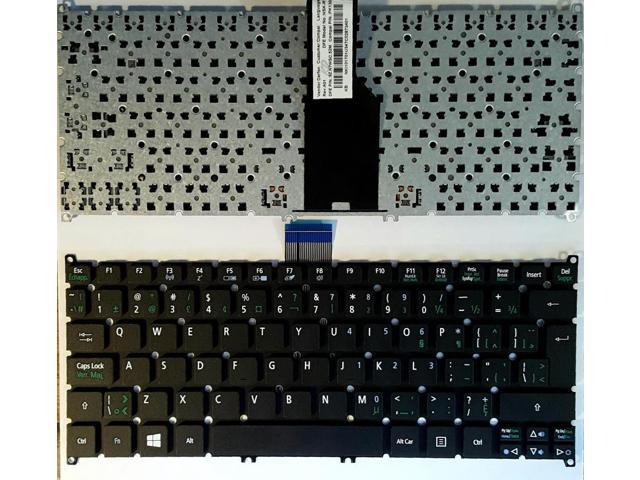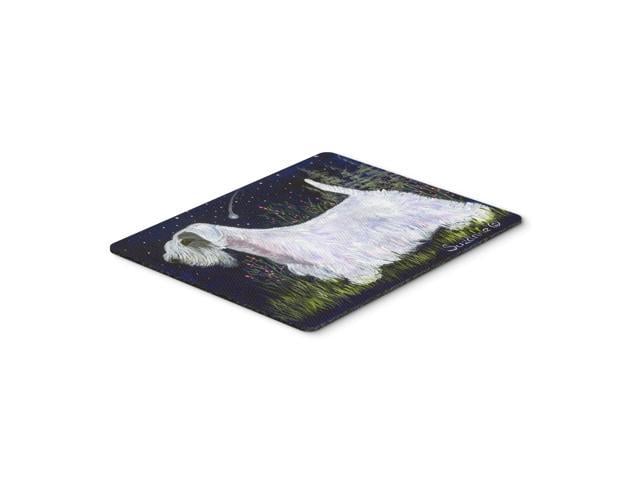Excerpt from Musical Dictation, Vol. 1 of 2: A Practical Guide for Musical Students
Every musician who has had classes in harmony under his charge has, no doubt, made the experience that students, when even endowed with only an average degree of talent and applica tion, can be taught to harmonize with a good deal of correctness either a given bass or a melody; making, at the right places, use of modulations, suspensions, passing notes, etc. Nay, some even will become able to master with a certain facility the different species of simple counterpoint in two, three and four parts. But in all these tasks they can hang on the leading strings of certain fixed rules.
The case becomes, however, quite different when those leading Strings are loosened, and students thrown on their own resources, that is, obliged to invent a melody with a suitable harmony. Although most Of them may have acquired facility in working out their examples in harmony away from the pianoforte, they now, in order to find a simple melodic motive, become the slaves of the keyboard and it also causes them the greatest trouble to write down correctly the melody they have picked out on the keyboard. But the trouble increases when such a melody has to be provided with a suitable natural harmony. All that they had previously learned about harmony seems to desert them now at once: they find themselves utterly at sea.
I have almost invariably found that even able pianoforte or vocal students, well-grounded in the rudiments of music, when asked to write down from memory the melodic passage of the first bar only of the Simple piece or song they have just been playing or singing for me correctly by heart, can absolutely not do it: to fix the respective pitch of the different notes of the melodic passage, and especially the division of time, presents unsurmountable obstacles to them.
About the Publisher
Forgotten Books publishes hundreds of thousands of rare and classic books. Find more at www.forgottenbooks.com
This book is a reproduction of an important historical work. Forgotten Books uses state-of-the-art technology to digitally reconstruct the work, preserving the original format whilst repairing imperfections present in the aged copy. In rare cases, an imperfection in the original, such as a blemish or missing page, may be replicated in our edition. We do, however, repair the vast majority of imperfections successfully; any imperfections that remain are intentionally left to preserve the state of such historical works.















